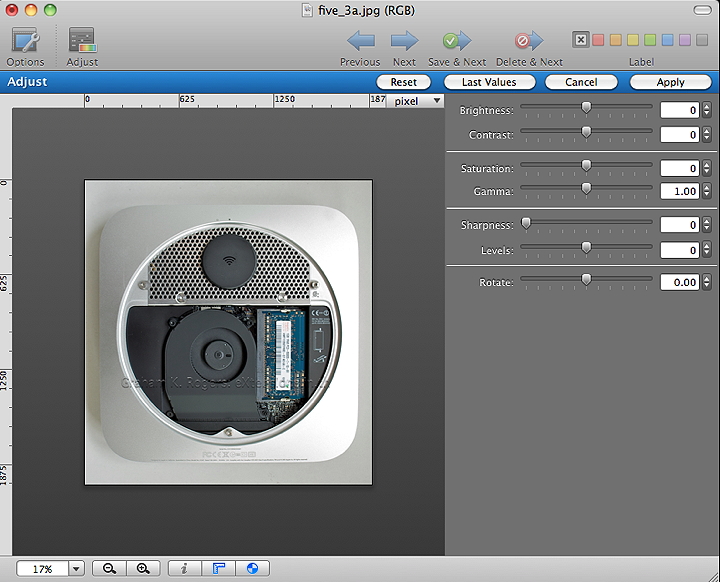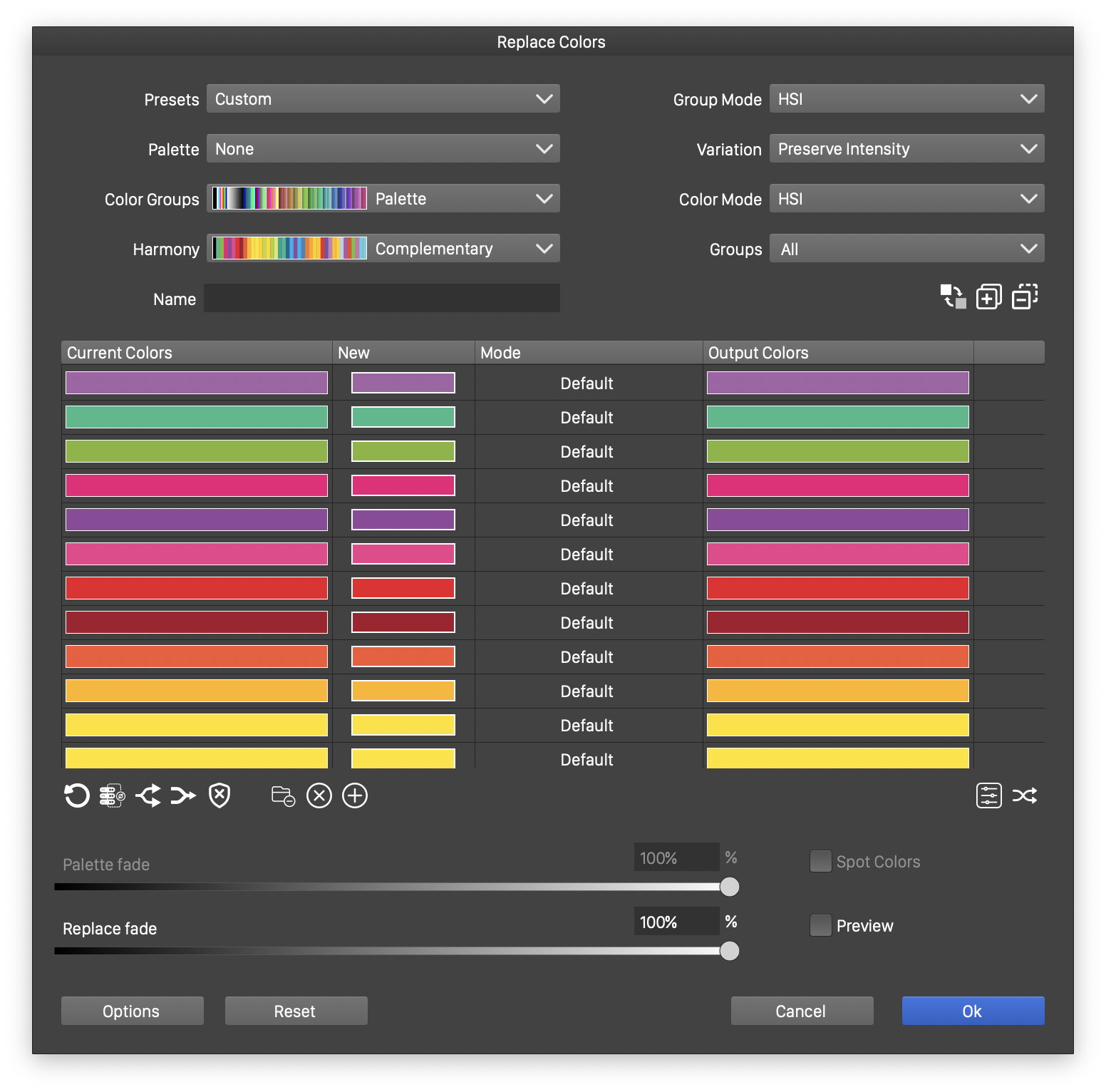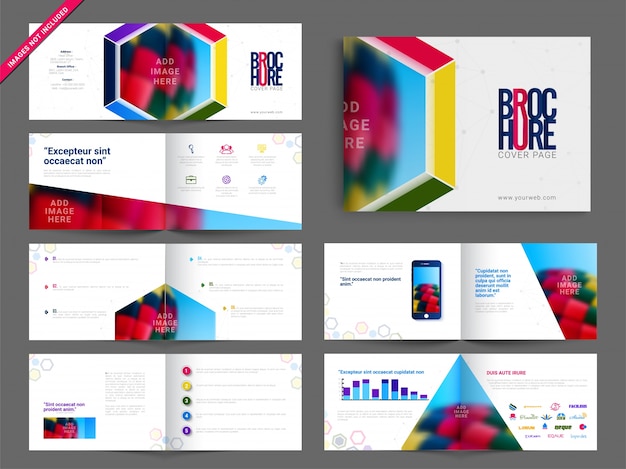

- #Graphicconverter export 16 colors upgrade#
- #Graphicconverter export 16 colors software#
- #Graphicconverter export 16 colors windows#
#Graphicconverter export 16 colors software#
My blog post has the idea to help put Photolab on the professional photographic software market.
#Graphicconverter export 16 colors upgrade#
I can wait a while, but I certainly will not upgrade to PhotoLab 3 if the problem is not resolved. I opened a ticket to DXO support team and sent them the files they requested. And in practice, I supplant my qualitative control after PhotoLab 2. But this is a temporary and unprofessional solution. Therefore, the lack of this table compromises color management.įor now, I’m working on plan “B”: I add the missing profile to the batch process in the software of the Nikon Capture NX2. In other words, if a pixel has a value of 55, for different cameras it can mean a slightly different color, even though they use the same color space. However, the problem is another - EXIF color space information is available, but the ICC profile itself is missing.Īn ICC profile is essentially a simple table of correspondence between the value of a given pixel as a number and its corresponding color. gave me some very good tips on lens profiles and EXIFtool. Perhaps someone else could point you in the right direction.
#Graphicconverter export 16 colors windows#
I see you are a Windows user and as I’m not, I can’t recommend the right GUI software for Windows based on EXIFtool but there’s lots out there (better choices than Mac). GraphicConverter is one such tool on Mac. EXIFtool is command line but there’s lots of GUI software which will work with its data. What might help you here is to both check and then manipulate the sRGB profile via EXIFtool. DxO should clean up the sRGB profiles attached to exported images if this is a wide spread issue. Koko, that’s certainly a frustrating situation. Оnly the AdobeRGB option worked as expected. My attempts with the “sRGB” and “Custom” options in the ICC profile field ended in the same, unsuccessful way. Worse, the message for missing ICC profile is not displayed in Photophop. They recognize the workspace, but not the profile. The file x-README-txt would be colorized using 32,44.Opening the photo in another photo software makes things even more mysterious. While sequence indeed does matter, entries further to the right take priority. Also, my above remark about the sequence of entries was not correct. Hence, LS_COLORS='*README-txt=35 46' /bin/ls -color=yes *README*Ĭolorizes my file x-README-txt, but LS_COLORS='*README*=35 46' /bin/ls -color=yes *README* The only kind of wildcard pattern is an asterisk at the start of the entry.

I tried out various variations with my version of ls(GNU coreutils 8.26) and found that a wildcard pattern such as *README* would be ignored. Therefore, more specific entries should be at the start of the colour list. The other problem is that sequence matters: ls parses the entries one after the other, as soon as it finds a matching one, this is the colour it uses.

However, entries in LS_COLOURS are separated by a colon, and you don't have one. You obvously assume that LS_COLOURS already has a value, because you expand it. Here is the value $LS_COLORS, once I open a new terminal: $ echo $LS_COLORS Why isn't the syntax README accepted ? especially, the second star which is supposed to expand all the files named like README_something, README_anything. Unfortunately, for example, a filename like README_important doesn't display like my image above when I apply the command " l" which is actually defined by: alias l='grc -es -colour=auto ls -color -Gh -C -lrt' If I do: eval `/opt/local/libexec/gnubin/dircolors ~/.dircolors`Įxport LS_COLORS="$:*README*=00 37 44" I have a problem with the following rule.


 0 kommentar(er)
0 kommentar(er)
